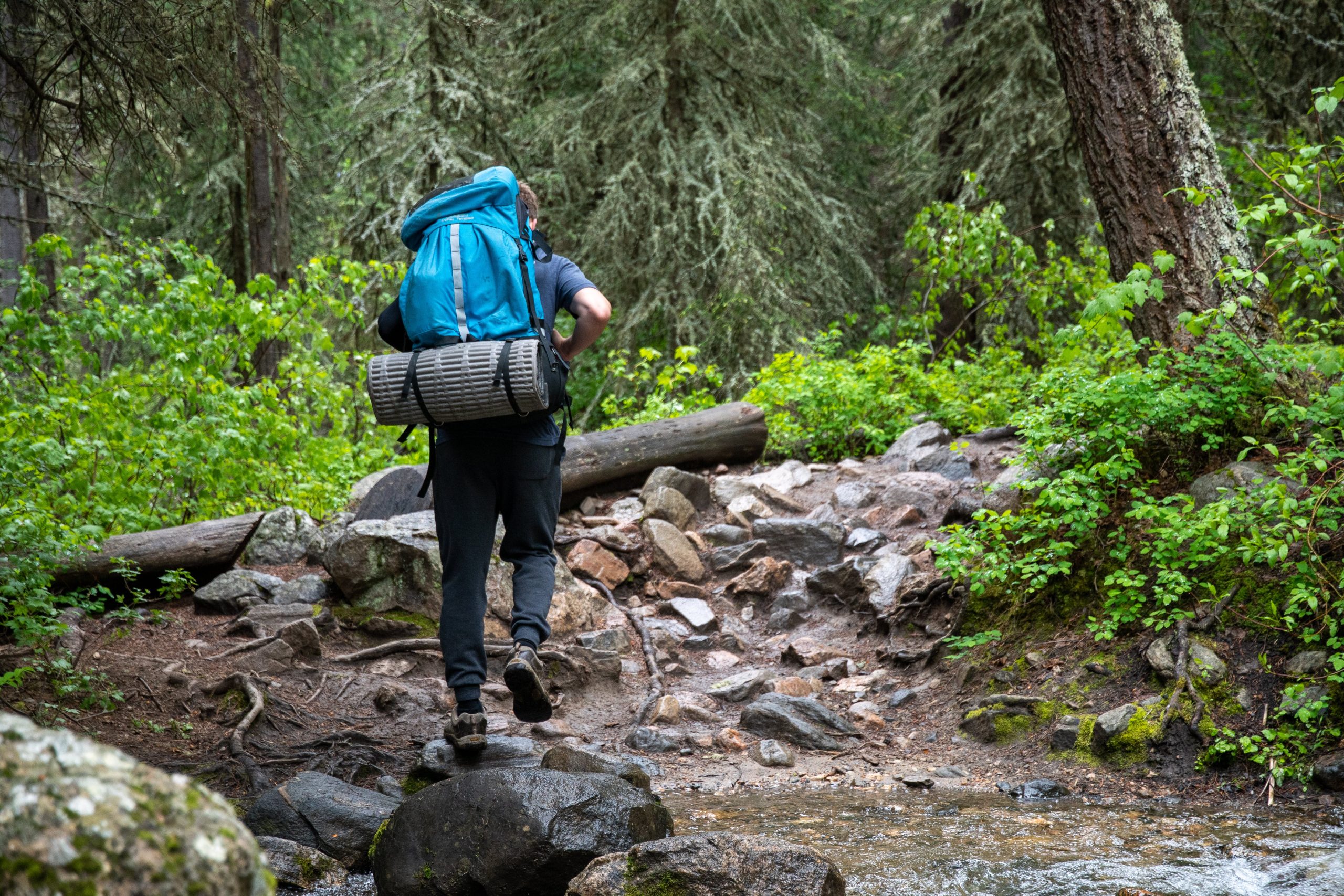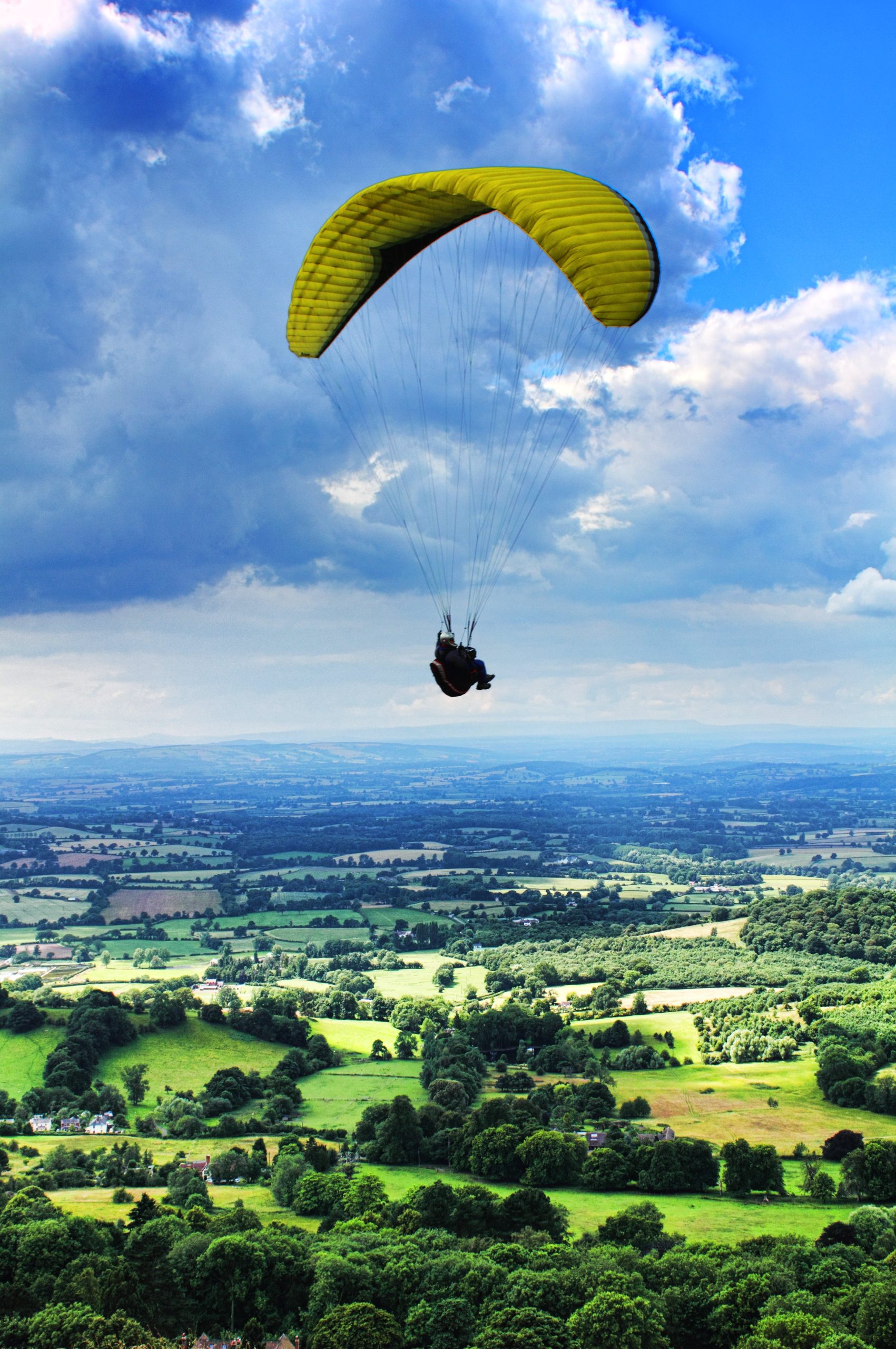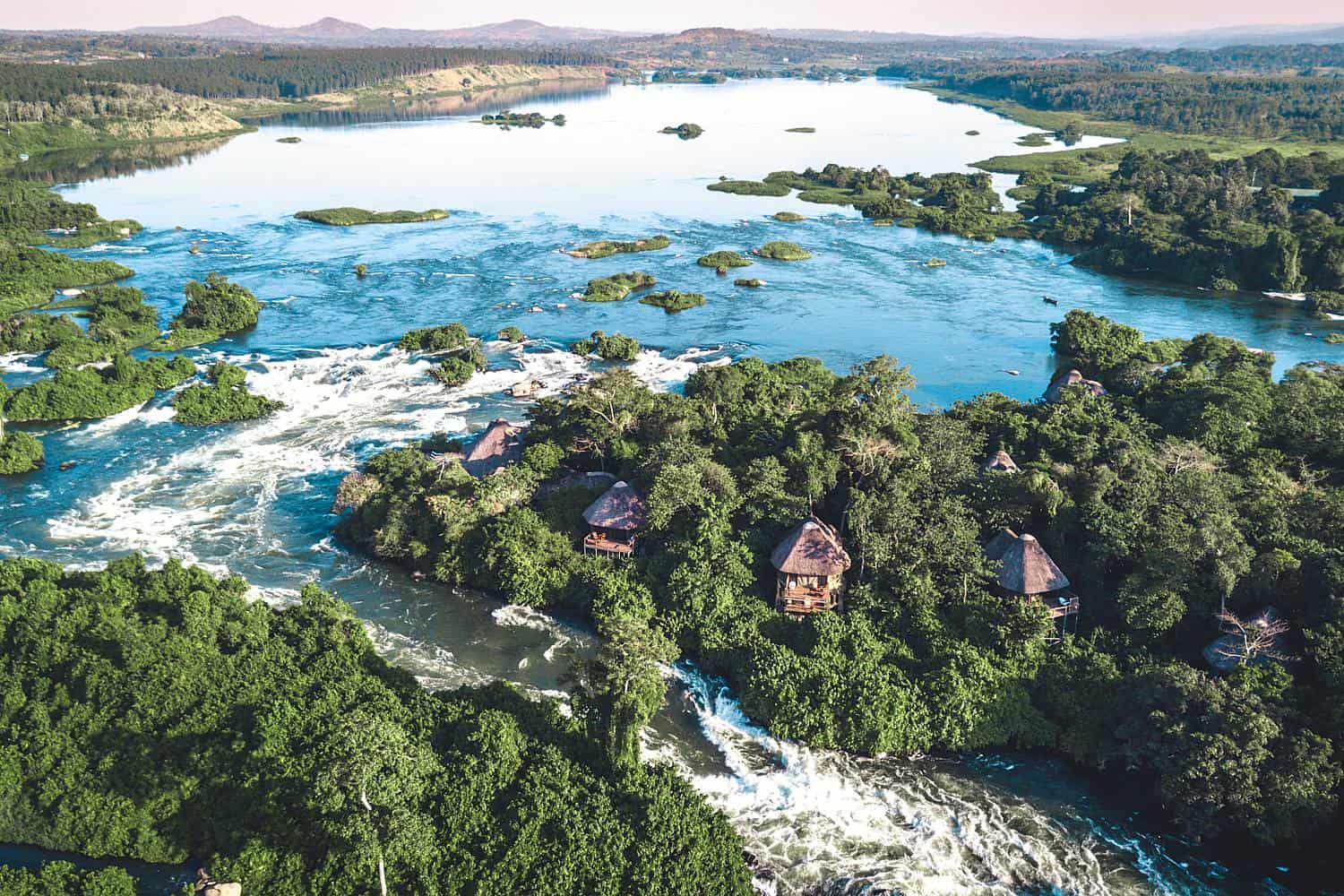Conquer the Peaks: A Guide to Trekking the Rwenzori Mountains
Nestled in the heart of Africa lies a hidden gem (Trekking the Rwenzori Mountain) waiting to be discovered by adventurers and nature lovers alike – the Rwenzori Mountains, often dubbed the “Mountains of the Moon.” In this SEO-friendly blog, we’ll delve into the allure of trekking through this mesmerizing landscape, exploring its mist-clad peaks, lush valleys, and unique biodiversity. Join us as we uncover the secrets of this iconic destination and provide valuable tips for planning your own unforgettable trekking experience.
Why Trek the Rwenzori Mountains?
- Untamed Beauty: The Rwenzori Mountains boast some of the most breathtaking scenery on the African continent, with towering peaks, cascading waterfalls, and verdant forests waiting to be explored.
- Unique Biodiversity: As a UNESCO World Heritage Site, the Rwenzori Mountains are home to a diverse array of flora and fauna, including rare plant species and endemic wildlife found nowhere else on Earth.
- Cultural Immersion: Trekking through the Rwenzori Mountains offers more than just natural beauty – it’s also an opportunity to engage with local communities and learn about their rich cultural heritage
Best Time to Trek:
The best time to trek the Rwenzori Mountains is during the dry seasons, typically from December to February and from June to August. During these months, the weather is more stable, with clearer skies and less rainfall, making for ideal trekking conditions.
Choosing Your Route:
- The Rwenzori Mountains offer a variety of trekking routes to suit all levels of experience and fitness. From the challenging Margherita Peak to the scenic Kilembe Trail, there’s something for everyone.
- Consider factors such as trekking duration, difficulty level, and highlights along the route when choosing the perfect trekking itinerary for your adventure.
Preparing for Your Trek:
- Proper preparation is key to a successful trek in the Rwenzori Mountains. Make sure to pack essential gear such as sturdy hiking boots, waterproof clothing, and insect repellent.
- Acclimatization is crucial when trekking at high altitudes, so plan for gradual ascents and take time to adjust to the altitude to prevent altitude sickness.
Experiencing the Trek: Trekking the Rwenzori Mountain
- Trekking through the Rwenzori Mountains is a truly immersive experience, with each day offering new challenges and rewards. Take your time to soak in the stunning scenery, listen to the sounds of the wilderness, and marvel at the wonders of nature.
- Be sure to stay hydrated, fuel your body with nutritious meals, and listen to your guide’s instructions to ensure a safe and enjoyable trekking experience.
Conclusion:
Trekking the Rwenzori Mountains is a bucket-list adventure that promises to leave a lasting impression on all who dare to conquer its peaks. Whether you’re drawn to the rugged beauty of the landscape, the rich biodiversity, or the cultural heritage of the region, the Rwenzori Mountains offer an unforgettable journey into the heart of Africa’s wilderness. Start planning your own trekking adventure today and embark on a once-in-a-lifetime experience that will stay with you forever.
Beyond the Safari: Unleashing Uganda’s Adrenaline Rush!
Embark on an adrenaline-fueled journey through Uganda, where adventure knows no bounds. From the roaring Nile to towering mountains, Uganda beckons thrill-seekers to experience the extraordinary. Buckle up for a ride beyond safaris!
White-Water Rafting on the Mighty Nile
Brace yourself for the ultimate white-water rafting adventure on the Nile. Navigate through exhilarating rapids, feel the spray on your face, and conquer the wild currents. An adrenaline rush like no other!
Trekking the Enchanting Rwenzori Mountains
Lace up your boots for a trek through the Rwenzori Mountains, where mist-shrouded peaks and glacial valleys await. Discover the alpine wonders of the “Mountains of the Moon” on an unforgettable hiking expedition.
Exploring the Source of the Nile
Where adventure meets history—explore the Source of the Nile. Paddle along the iconic riverbanks, uncovering the origins of the world’s longest river. A journey that intertwines nature and discovery.
Zip-lining Through the Jungle Canopy
Soar through the treetops on a thrilling zip-lining escapade. Feel the wind in your hair as you traverse the lush jungle canopy, catching glimpses of Uganda’s vibrant landscapes below. An aerial adventure like never before!
Biking Across Breathtaking Landscapes
Grab a mountain bike and conquer Uganda’s diverse terrains. Pedal through national parks, rural landscapes, and hidden trails, absorbing the beauty of the surroundings with every turn of the wheel.
Hot Air Ballooning Over the Savannah
Elevate your adventure with a hot air balloon ride over the vast savannahs. Drift with the wind, witnessing wildlife below and the sunrise on the horizon—a majestic way to experience Uganda’s natural wonders.
Caving in the Sipi Falls Region
Venture into the underground wonders of Uganda by exploring the caves near Sipi Falls. Marvel at the intricate formations and uncover the secrets hidden beneath the surface. A spelunking experience for the bold!
Paragliding as a Uganda adventure activity
Take to the skies and experience Uganda from a new perspective. Soar like a bird with paragliding adventures, offering breathtaking views of lakes, mountains, and the lush countryside.
Quad Biking Across Savvy Terrains
Rev up your engine for an adrenaline-pumping quad biking adventure. Navigate through diverse landscapes, from dusty trails to muddy tracks, on an off-road escapade that combines speed and scenery
Rock Climbing in Elgon and Moroto
Conquer the heights of Mount Elgon or Moroto with rock climbing adventures. Test your skills against challenging cliffs and relish the rewarding views from the summit. An ascent for the daring!
Gear up, adventurers! Uganda’s heart-pounding activities await—each experience promising a thrill, a challenge, and a memory etched in the fabric of your daring tales.
Exploring Jinja: A Hidden Gem in Ugandan Tourism
Jinja, often referred to as the “Adventure Capital of East Africa,” is a captivating city nestled along the banks of the majestic Lake Victoria. Known for its vibrant culture, breathtaking landscapes, and adrenaline-pumping activities, Jinja has emerged as a must-visit destination for travelers seeking a unique African experience.
The Source of the Nile – Jinja’s Iconic Landmark
At the heart of Jinja lies the legendary Source of the Nile, a site that draws visitors from around the globe. Take a boat cruise along the Nile to witness the exact spot where the world’s longest river begins its journey. The tranquility and historical significance of this location make it a captivating start to your Jinja adventure.
Adrenaline Rush – Jinja’s Thrilling Water Activities
For thrill-seekers, Jinja is a playground of excitement. Brace yourself for white-water rafting adventures on the turbulent Nile rapids, providing an adrenaline rush like no other. Kayaking, jet boating, and bungee jumping are also on the menu for those craving an extra dose of excitement.
Cultural Riches – Jinja’s Heritage and Traditions
Beyond its natural wonders, Jinja boasts a rich cultural tapestry. Explore local markets where vibrant fabrics and handmade crafts showcase the region’s artistic flair. Engage with the friendly locals, and perhaps attend one of the city’s traditional dance performances to immerse yourself in Jinja’s cultural heritage.
Exploring Jinja’s Hidden Gems – Off the Beaten Path
Escape the tourist crowds and venture into Jinja’s lesser-known gems. Discover the beauty of Mabira Forest Reserve, a lush paradise offering nature trails, birdwatching, and a peaceful retreat away from the hustle and bustle. Explore hidden waterfalls and savor the serenity of this unspoiled haven.
Culinary Delights – Jinja’s Gastronomic Scene
Jinja’s culinary scene is a delightful fusion of local and international flavors. Indulge in fresh Nile perch at waterside restaurants or sample street food favorites. Don’t miss the chance to try rolex, a local delicacy consisting of chapati rolled with eggs and vegetables, providing a tasty glimpse into Uganda’s gastronomic culture.
Planning Your Jinja Adventure – Practical Tips and Recommendations
Before embarking on your Jinja adventure, plan accordingly. Choose the right time to visit, considering weather and festival seasons. Ensure your itinerary aligns with your interests, whether it be water activities, cultural exploration, or a mix of both. Engage with local tour operators for insider tips and an authentic experience.
In conclusion, Jinja is a tourism gem waiting to be explored. Its diverse offerings, from natural wonders to cultural riches, make it a destination that caters to every traveler’s interests. Whether seeking adrenaline-pumping activities or serene retreats, Jinja welcomes all with open arms. Pack your bags and get ready to unravel the enchanting tapestry of this East African marvel.



